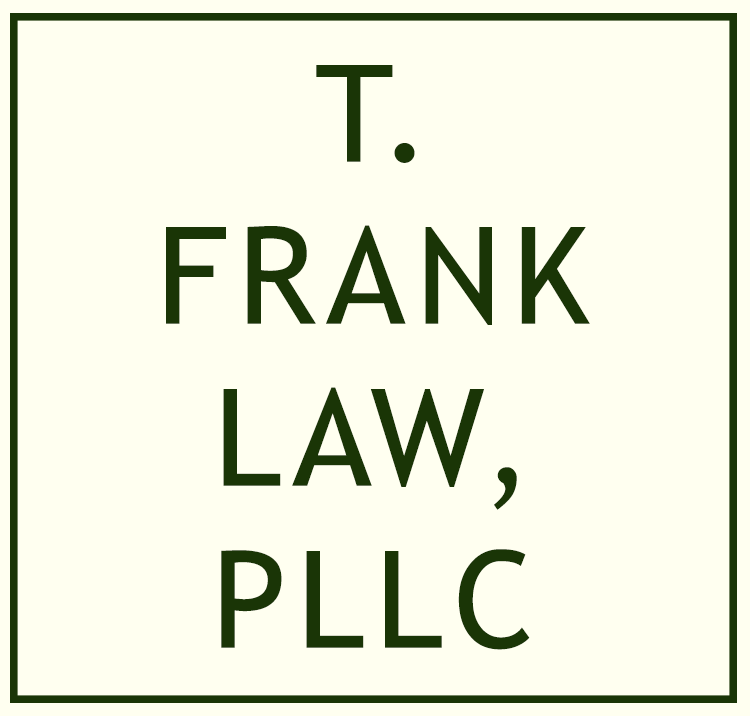Recent SJC Decision Highlights Pitfalls of MassHealth Long-Term Care Planning
On May 30, 2017, the Massachusetts Supreme Judicial Court issued its long-anticipated decision in Daley v. Secretary of the Executive Office of Health and Human Services and Nadeau v. Director of the Office of Medicaid, which were consolidated on appeal. These cases focused on MassHealth’s claim that the right to live in a house owned by an irrevocable trust made it “countable” for the purposes of qualifying for Medicaid in Massachusetts.
To provide some background: without any planning, if an elder requires nursing home level care, they must use substantially all their assets to pay for that care. Once they deplete their resources, they can apply for MassHealth. If a married couple did not plan ahead and own a home, that home is not a “countable” asset so long as its value does not exceed an annually adjusted limit (currently $ 828,000). However, MassHealth will place a lien on the home and force a sale after both spouses have died.
To avoid such a lien, many elders place their homes in irrevocable (Medicaid-qualifying) trusts. MassHealth has recently challenged such trusts.
The good news is that it seems the SJC rejected MassHealth’s argument that specific provisions relating to “use and occupancy” of the house make it a “countable” asset for long-term care eligibility.
However, in the Nadeau case the SJC ruled that the right to use and occupancy of the house was akin to receiving fair market value rental income from the house. This may affect how much an applicant is required to contribute to the payment of long-term care. If the Medicaid applicant is not renting the house, but the fair market value rental income is imputed from the right to use the home, the trustee might have to either sell or rent out the home in order to generate income to contribute for the applicant's care. This could create an entire class of nursing home resident landlords.
The Daley case differs in that the Daley Trust did not own the home in fee simple; the Daleys retained a life estate and deeded only the remainder interest in their home to the trust. Because the trust did not have a property interest in the home during the Daleys lifetime, the court held that the right to use and occupancy could not be deemed akin to fair market value rental income. The court did seem to suggest, though, that the life estate itself has value, and although MassHealth does not currently consider a life estate in an applicant’s name a countable asset, the court left the question open.
Both the Nadeau and Daley Trusts allowed the trustees to pay any income tax liability arising from income distributions to the grantors from the principal of the trusts. The SJC asked MassHealth to calculate whether and how much of the trust would be countable based on these provisions.
The Nadeau Trust had another potential pitfall, which allowed the granting of trust property to non-profits. The court pointed out that one quarter of nursing homes are non-profits.
These trusts likely complied with the law at the time, but because this area of law is evolving, older Medicaid qualifying trusts should be reviewed to ensure compliance with current law. Given the financial strain of Medicaid and the increased scrutiny, it’s important for elders and their families to work with advisers who focus in this field of law because these issues can be eliminated or mitigated with proper planning.
Please feel free to contact my office to learn more.
